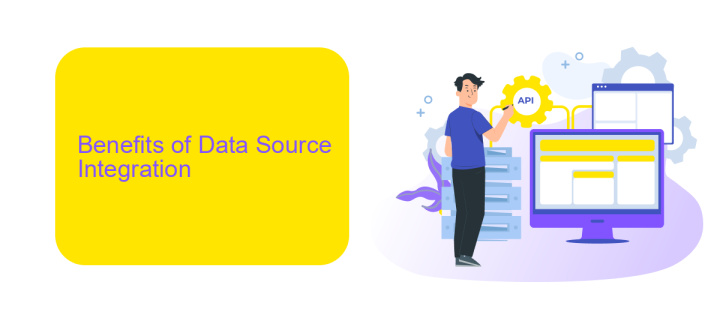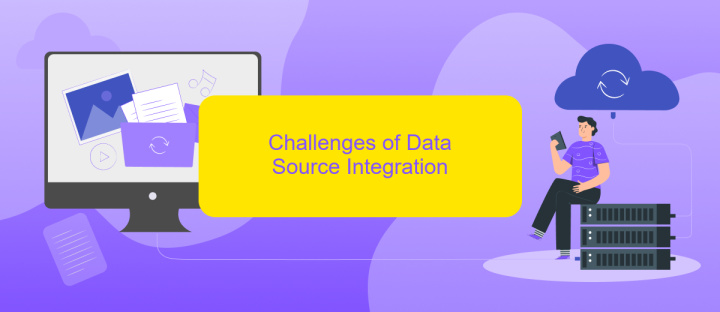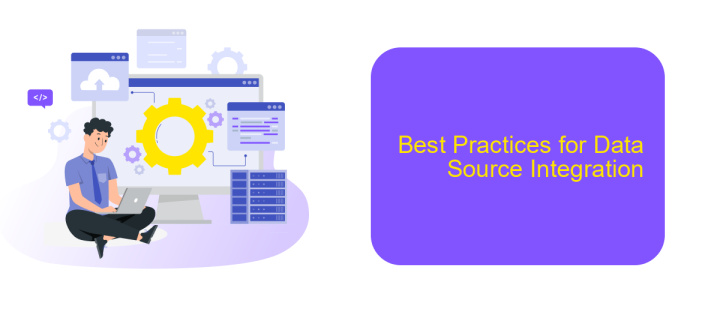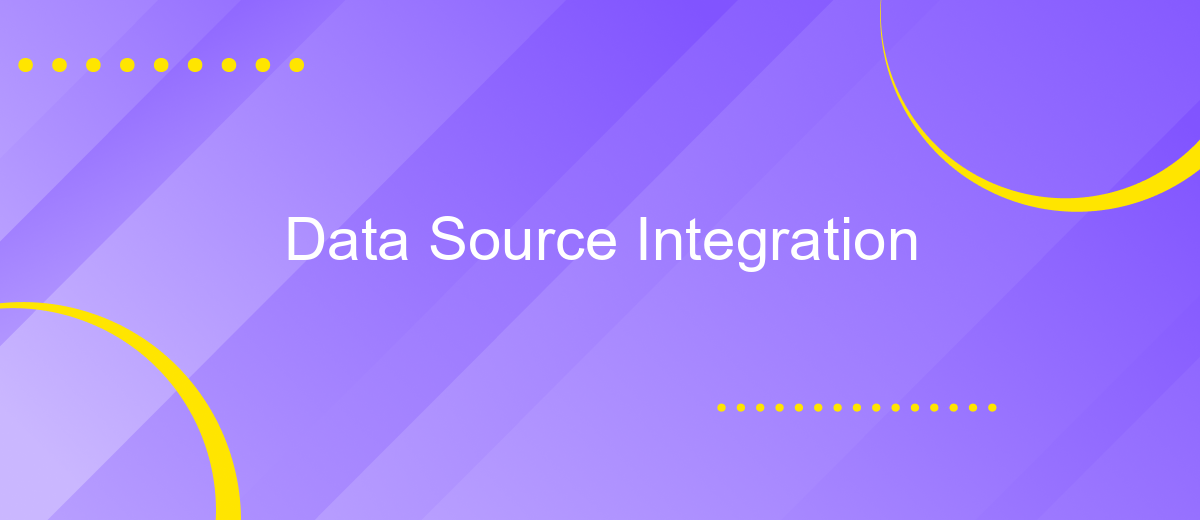Data Source Integration
In today's data-driven world, integrating various data sources is essential for gaining comprehensive insights and making informed decisions. Data Source Integration involves combining data from different origins into a cohesive system, enabling seamless access and analysis. This process not only enhances data accuracy and consistency but also empowers organizations to leverage their data for strategic advantage and operational efficiency.
Introduction
Data source integration is a critical aspect of modern data management, enabling seamless connectivity between various data repositories and systems. This process ensures that data from multiple sources can be combined, transformed, and analyzed efficiently, providing a comprehensive view of organizational information.
- Enhanced data accessibility and sharing
- Improved data quality and consistency
- Streamlined workflows and processes
- Real-time data synchronization
One of the key tools for achieving effective data source integration is ApiX-Drive. This service simplifies the setup of integrations between different platforms without the need for coding skills. By using ApiX-Drive, organizations can automate data flows, reduce manual data entry, and ensure that their data is always up-to-date and accurate. As a result, businesses can make better-informed decisions, improve operational efficiency, and gain a competitive edge.
Benefits of Data Source Integration

Integrating multiple data sources offers numerous benefits, such as improved data accuracy and enhanced decision-making capabilities. By consolidating data from various platforms, organizations can eliminate discrepancies and ensure that all teams have access to the same, up-to-date information. This holistic view allows for more informed decisions, streamlining operations and boosting overall productivity. Moreover, data integration reduces the time spent on manual data entry and reconciliation, freeing up resources for more strategic tasks.
Another significant advantage is the ability to leverage advanced analytics and gain deeper insights into business performance. With integrated data, companies can utilize tools like ApiX-Drive to automate data flows and create seamless connections between disparate systems. This not only simplifies the integration process but also enables real-time data synchronization, ensuring that critical business metrics are always current. Ultimately, data source integration fosters a more agile and responsive business environment, driving innovation and competitive advantage.
Challenges of Data Source Integration

Integrating multiple data sources into a cohesive system presents several challenges that can impact the efficiency and accuracy of data management. These challenges must be carefully addressed to ensure seamless data flow and integration.
- Data Compatibility: Different data sources often use varied formats, structures, and standards, creating difficulties in harmonizing the data.
- Scalability: As the volume of data increases, maintaining performance and managing resources effectively becomes more complex.
- Security Concerns: Ensuring data privacy and protection across multiple platforms requires robust security measures.
- Real-time Integration: Achieving real-time data synchronization can be challenging due to latency and processing limitations.
- Maintenance: Continuous monitoring and updating of integration systems to accommodate changes in data sources is essential.
Services like ApiX-Drive can help mitigate these challenges by providing a user-friendly platform for setting up and managing data integrations. ApiX-Drive simplifies the process by offering pre-built connectors and automated workflows, ensuring that data from various sources can be seamlessly integrated and managed. By leveraging such tools, organizations can overcome the complexities of data source integration and maintain efficient, scalable, and secure data systems.
Best Practices for Data Source Integration

Integrating data sources efficiently is crucial for ensuring seamless data flow and accurate analytics. To achieve this, it is essential to follow best practices that streamline the integration process and minimize errors. Firstly, always start with a clear understanding of your data requirements and the specific goals you aim to achieve through integration.
Choosing the right tools and platforms for integration is another key step. Platforms like ApiX-Drive can significantly simplify the process by providing a user-friendly interface and robust functionalities to connect various data sources. This helps in automating data transfer and reducing manual effort.
- Ensure data consistency and accuracy by performing regular data validation checks.
- Maintain comprehensive documentation of your integration processes and configurations.
- Implement strong security measures to protect sensitive data during transfer.
- Regularly monitor and update integrations to adapt to any changes in data sources or requirements.
By adhering to these best practices, organizations can enhance their data integration processes, leading to more reliable data management and better decision-making capabilities. Utilizing platforms like ApiX-Drive can further optimize the integration workflow, ensuring a smoother and more efficient experience.


Conclusion
In conclusion, successful data source integration is pivotal for modern businesses aiming to leverage diverse datasets for better decision-making and streamlined operations. It involves not only the technical aspects of connecting disparate systems but also ensuring data consistency, security, and accessibility across the organization. By employing robust integration strategies, companies can break down data silos, enhance data quality, and gain comprehensive insights that drive strategic initiatives.
Tools like ApiX-Drive facilitate seamless integration by offering user-friendly interfaces and automated workflows, which significantly reduce the complexity and time required for setup. Such platforms empower organizations to connect various applications effortlessly, ensuring that data flows smoothly between systems without manual intervention. As a result, businesses can focus more on analyzing and utilizing data rather than spending resources on integration challenges, ultimately leading to more agile and informed operations.
FAQ
What is data source integration?
Why is data source integration important?
What are the common challenges in data source integration?
How can I automate data source integration?
What are some best practices for data source integration?
Do you want to achieve your goals in business, career and life faster and better? Do it with ApiX-Drive – a tool that will remove a significant part of the routine from workflows and free up additional time to achieve your goals. Test the capabilities of Apix-Drive for free – see for yourself the effectiveness of the tool.

